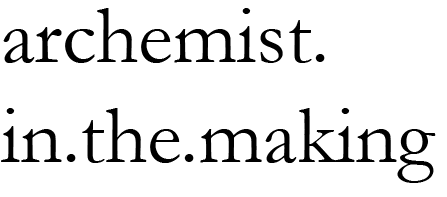*Be kind to those even if you’re giving your own opinions
Ramble inspired by the age old conversation since architecture school…
Sometimes as a writer of architecture reviews, as much as I love my job I wonder - where is the line drawn when it comes to critiquing architecture?
Recently, during a lunch discussion about an architecture the architect was reviewing, I raised sarcastic laughs from them when I absent-mindedly asked if their review was a ‘glowing one’. In the landscape of Architecture media, or Australian media in general – in which defamation cases can receive severe punishments, there is a semi-walking-on-eggshells feeling when it comes to leaving your opinions about something you’re not particularly fond of. Where reviews are often a poetic description and capturing of the project, and criticisms and heavy opinions can be perceived to be dragging the project through the mud, the opinion piece becomes difficult to distinguish whether it’s a review or a constructive critique.
It’s such a laughing matter really, because it reminds me of the past article that responded to who gives the best architecture reviews freely (spoiler alert: non-architects or architecture enthusiasts). Once in a while, I find myself envying the comments on Dezeen. Evidently, some people can be quite scathing (which I don’t condone for obvious reasons), however, where credit is due, some comments are constructive and well written, which definitely leave a lot of room thought. If I can be transparent, occasionally, when I feel the dreaded writer’s block slowly towering above me, I look at the disagreements in the comments – and then turn them into a positive otherwise a counter argument on my writing.
As one of the architects noted – nowadays, being published in the media weighs heavily towards publicity and presence rather than inviting critique. There is strength and a sense of sadness to this statement. In such a competitive environment in which we want to be the ones to deliver the best – we lose so much, the identity of those who have spent countless hours making the vision possible; and the loss of being able to grow and learn how to be better; and dangerously, the honesty of the writer (realistically, not everyone has the privilege or freedom to decline writing something they disagree with).
Which is ironic because our architecture education is so heavily based on open discussions on how our work could be improved or tweaked otherwise shaped differently. To be removed from that in the architectural writings and publications seems to give an impression that none of us have the thick skin to take these discussions. Understandably everyone has a reputation to protect (because I am aware that there are writers who doesn’t seem to understand what it means to give criticism or, dare I say even know how to be constructive, oh and also, we’re humans who have been wired to see criticism in a negative light) and that they cannot scare their clients away. However, if those said practices work with the open criticisms and improve in their next delivery – then doesn’t that mean they’ve improved their reputation while also building trust with their future prospective partners and collaborators?
Then perhaps I wonder, if we need to re-examine how do we approach the terminology ‘review’ and ‘critique’; otherwise create another platform that invites people to give a measured and balanced opinion of the good, the bad, and the ugly. And it’s not just the designers who need to hear it too, it needs to include other parties who are involved – from the clients to the builders and the consultants. It’s too easy if one party gets scape-goated for the ugly, but with everyone in the party, then it encourages people to collectively understand the lessons learned.
And that way we can grow and become a more trustworthy organisation in the eyes of many.
Archemist In The Making would like to acknowledge the Wurundjeri Woi-wurrung people as the Traditional Owners of the land which this blog is being curated. We’d also like to pay our respects to all First Nations Elders past and present, and extend that respect to all First Nations people who may be visiting and celebrate their continuing connection to land and water. As this is a shared space for written narratives and thoughts, we hope that this will inspire everyone who is visiting this blog to dedicate a time and space to read and listen to our First Nation’s stories - for it always was and always will be Aboriginal Land.

